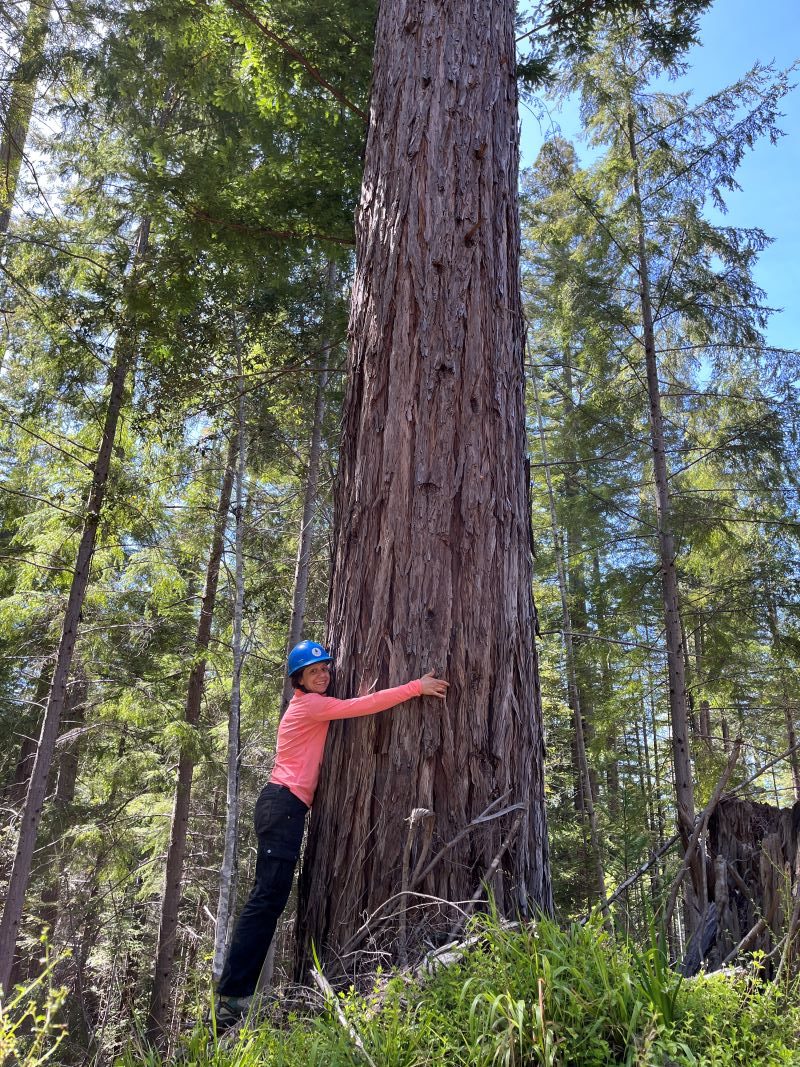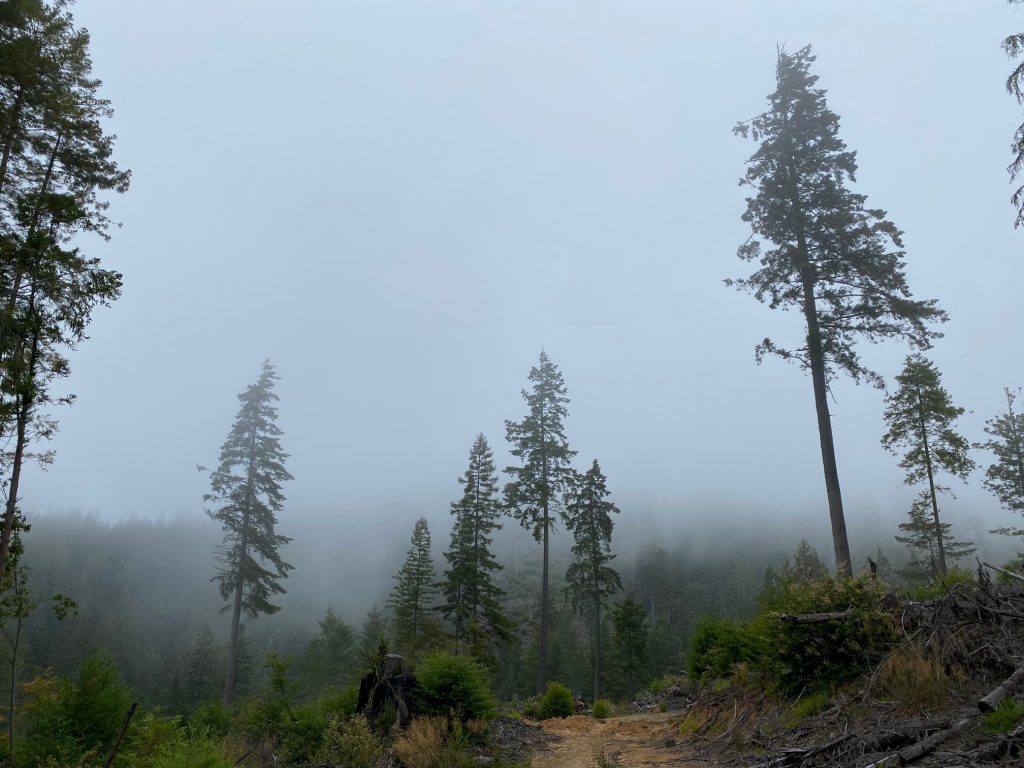On the heels of a coast redwood study published in Nature: Plants by researchers in NAU’s Center for Ecosystem Science and Society, another group of researchers—this one from NAU’s School of Forestry and the USDA Forest Service—has received a grant of nearly $500,000 to study how management practices in coast redwood forests affect the resilience of these trees when faced with disturbances like drought and fire.

Dymond is trained as a forest hydrologist—her work focuses on ways in which the hydrologic cycle and ecosystems interact. For this study, her team will spend the next four years gathering data on climate, soil moisture, groundwater, fuels and water within the trees themselves to better understand the moisture dynamics at play in various stands of coast redwood. The larger goal of this work and the related research Dymond has been involved in over the past eight years is “to provide forest managers with scientific knowledge about watershed processes so that they can make informed decisions in the face of rapidly changing conditions including climate, fire frequency and fire intensity.”
When it comes to fire specifically, management attitudes have shifted dramatically over time. According to Dymond, historically, the coast redwood region’s management was characterized by fire exclusion. But the trouble is, fire is a key element that most western forest ecosystems evolved around. In this environment, a long period of no fire, plus a warmer and drier climate, adds up to the perfect conditions for the type of severe fires that we’ve seen in the western United States in recent years.
Today’s forest managers are interested in how to change the equation. Implementing smaller burns and controlling forest structure to inhibit flash drought or a build-up of ladder fuels are among the mitigation techniques Dymond said managers want to know more about. She hopes her team’s study can contribute more to this body of knowledge.
Why so much focus on coast redwood forests? Mairead Brogan, a Ph.D. student working on the project for her dissertation said, “Coast redwood is a classic example of what biologists call ‘charismatic macrofauna’ (or flora in this case).” She thinks people are drawn to the trees’ incredible stature and age. Some coast redwood trees grow to be more than 300 feet tall and the oldest is estimated to be more than 2,200 years old. The trees are also known to be particularly resilient to drought, Brogan said. “They can actually take in water from fog through their bark!”

“This will ultimately lead to healthy and resilient coast redwood forests,” Dymond said.
Jessica Clark | NAU Communications
jessica.clark@nau.edu




